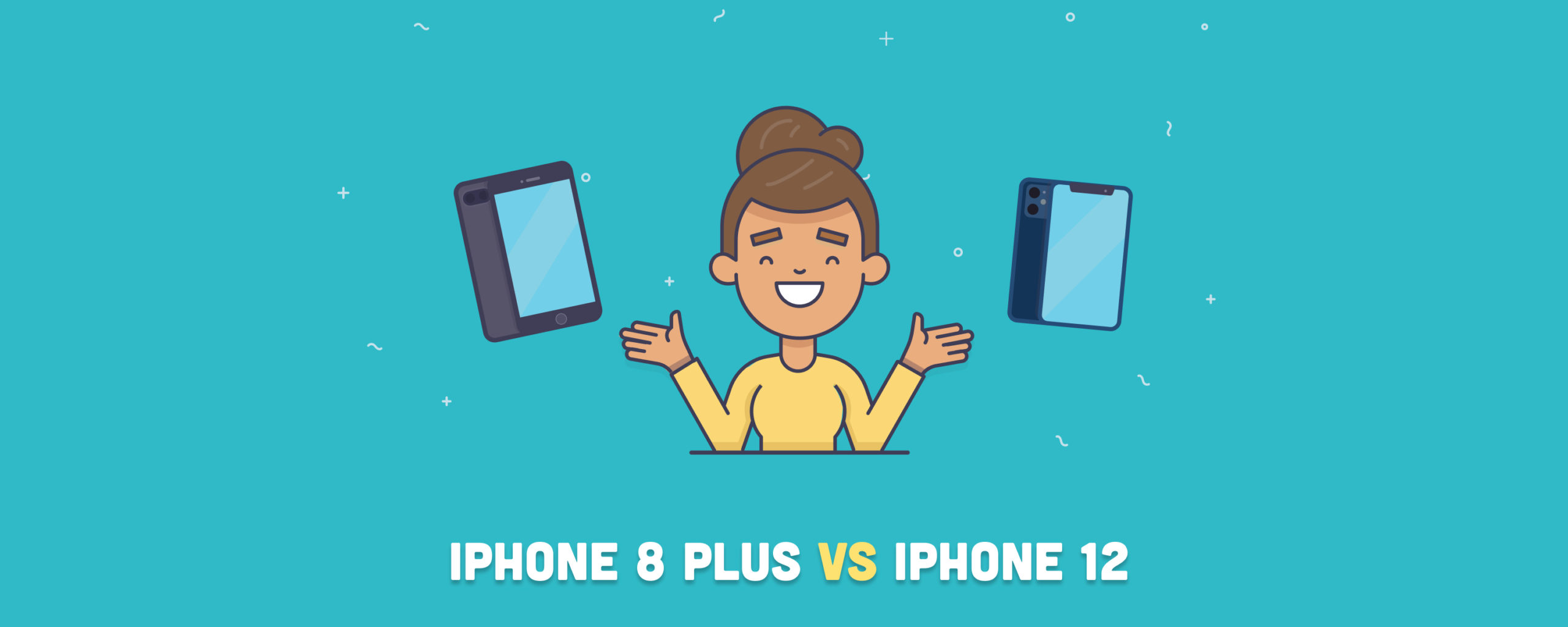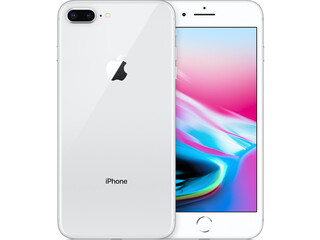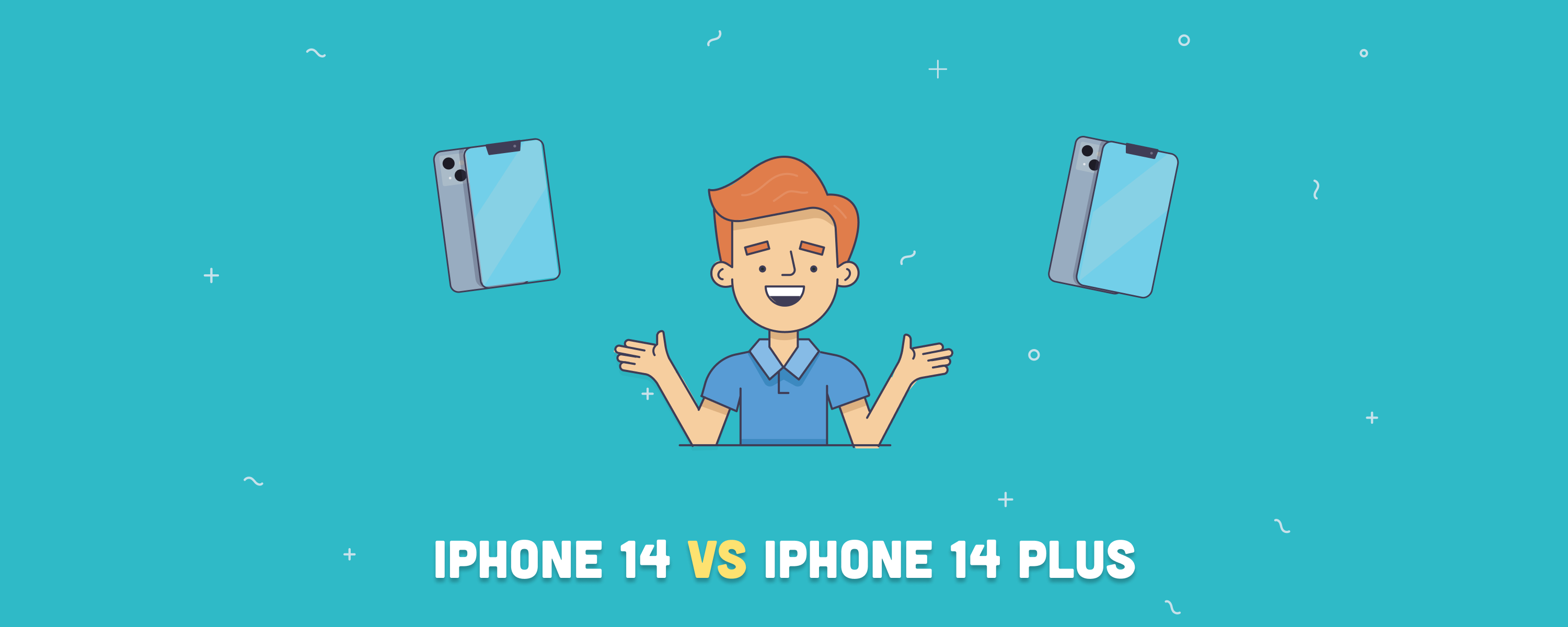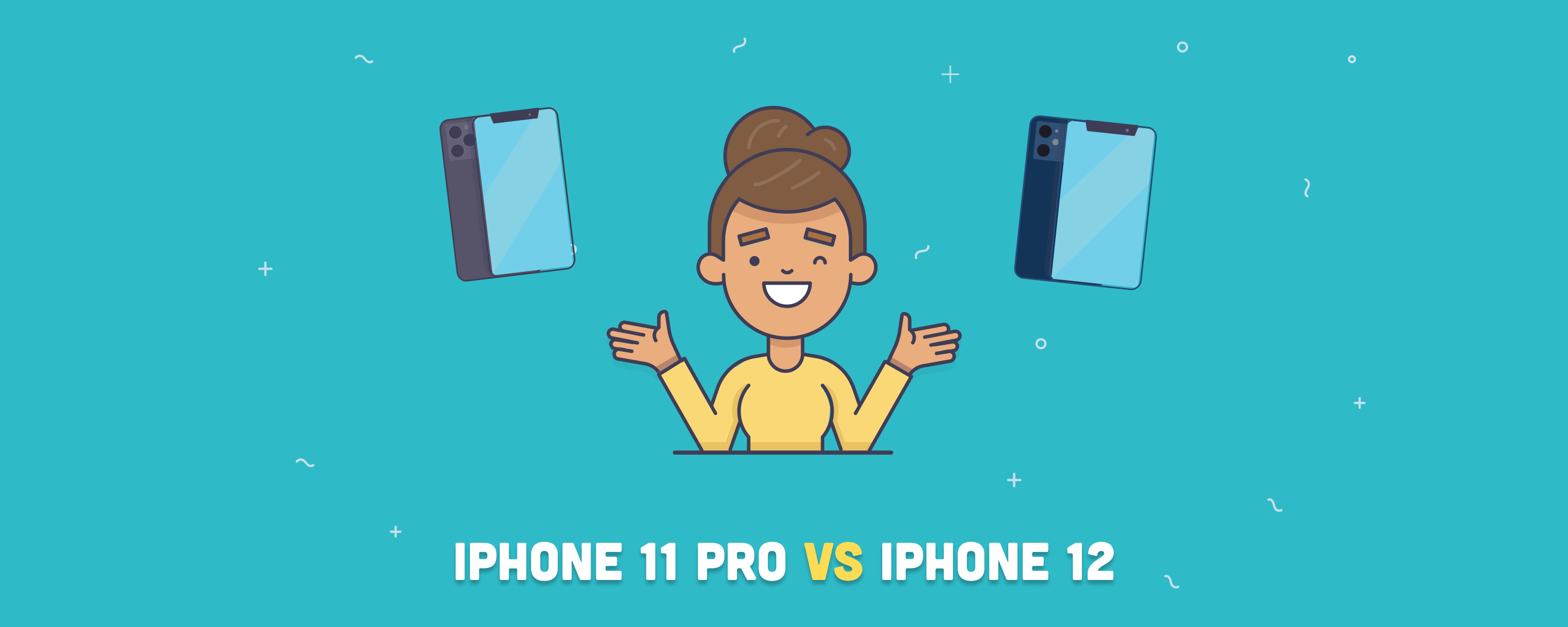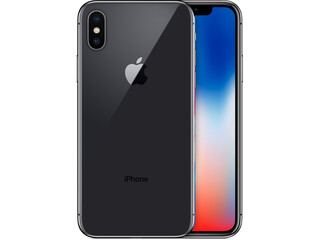Apple’s iPhone 8 Plus and iPhone 12 are two popular smartphones that were released several years apart. The iPhone 8 Plus was released in 2017, while the iPhone 12 was released in 2020. Despite their age difference, both phones are still popular choices for consumers. In this post, we will compare the iPhone 8 Plus and iPhone 12 in terms of their display, design, performance, camera, battery life, and storage. We will also help you decide which phone is right for you based on your needs and budget.
Table of contents
Reasons to buy the iPhone 8 Plus
- Much more affordable iPhone
- Compatible with iOS 16
- 2x optical zoom in the rear camera
- Fingerprint scanner
- It can be enough for everyday tasks
Reasons to buy the iPhone 12
- Better performance
- Better camera quality
- Ultra-wide angle camera lens
- More efficient battery usage
- Larger screen size
- 5G connectivity
- iOS 17 compatibility
iPhone 8 Plus vs. iPhone 12: Specs comparison table
| Feature | iPhone 8 Plus | iPhone 12 |
|---|---|---|
| Dimensions | 6.24 x 3.07 x 0.30 in 158.4 x 78.1 x 7.5 mm | 5.78 x 2.82 x 0.29 in 146.7 x 71.5 x 7.4 mm |
| Weight | 7.13 oz 202g | 5.78 oz 164g |
| Display size | 5.5 inches | 6.1 inches |
| Display type | Retina HD Display | Super Retina XDR Display |
| Display resolution | 1920 x 1080 pixels at 401 PPI | 2532 x 1170 pixels at 460 PPI |
| Chip | A11 Bionic | A14 Bionic |
| RAM | 3GB | 4GB |
| Main camera | Dual 12MP (Wide & Telephoto) | Dual 12MP (Ultra wide & Wide) |
| Front camera | 7MP FaceTime HD | 12MP TrueDepth |
| Battery capacity | 2675 mAh | 2815 mAh |
| Storage | 64GB, 128GB, 256GB | 64GB, 128GB, 256GB |
| Water and dust resistance | IP67 (up to 1m for 30 mins) | IP68 (up to 6m for 30 mins) |
| Max OS compatibility | iOS 16 | iOS 17 |
| 5G connectivity | No | Yes |
| Colors | Gold, silver, space gray, red | Black, white, red, green, blue, purple |
| Original price | $799 | $799 |
| Price (refurbished) | Starting at | Starting at |
iPhone 8 Plus vs. iPhone 12: All the differences
Display
The iPhone 12 has a bigger, brighter, and higher resolution display that supports HDR and Dolby Vision playback. It has slimmer bezels despite enjoying a bigger display size. The iPhone 12’s display is protected by Ceramic Shield, which offers 4x better drop performance.
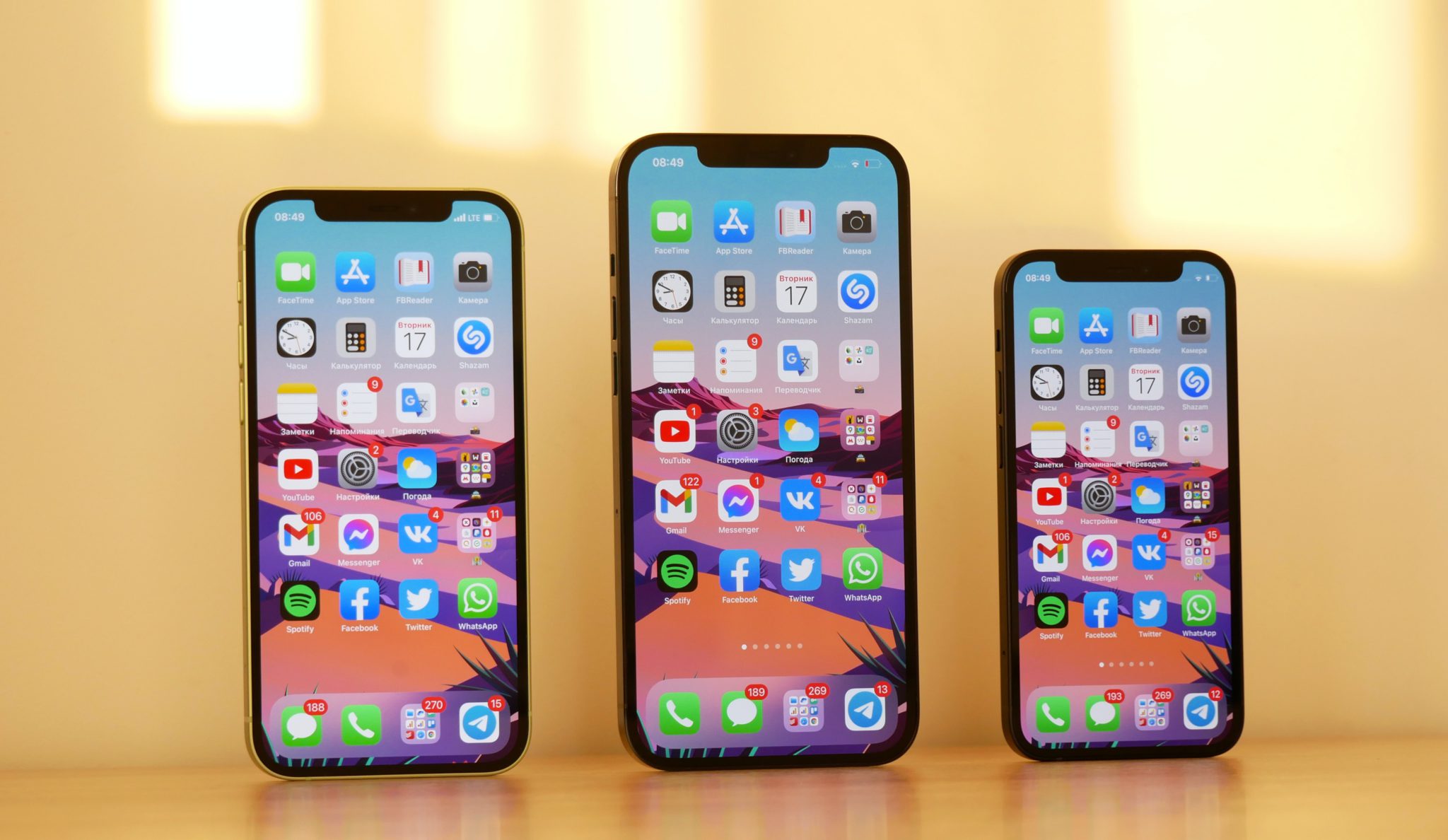
In contrast, the iPhone 8 Plus uses LCD panels from the good old days when Apple still used them in its smartphones. The iPhone X changed this with the introduction of OLED screens, the same as the iPhone 12 and iPhone 12 mini have, both of which use Super Retina XDR displays.
In short, the switch from LCD to OLED offers sharper colors, truer blacks, better contrast, and displays 117.8% of the sRGB color spectrum, compared to the 119.6% the iPhone 8 captured.
Design
The iPhone 12 is more compact, slimmer, and lighter than the iPhone 8 Plus, even with a screen that adds 0.4 inches. It has adopted the design Apple introduced with the iPhone X, with a notch at the top of the display to include the TrueDepth camera. Minimal bezels are still present surrounding the front display.
The iPhone 12 and iPhone 12 mini are four times more likely to survive a drop without any damage. The IP68 water resistance rating on these series allows Apple’s phones to survive a dip in up to 6 meters of water vs. the iPhone 8 models that could only endure 1 meter.
Regarding materials, both smartphones are made with an aluminum design, although the iPhone 12’s curved design looks more modern and elegant. Lastly, Face ID has substituted Touch ID and the home button on the iPhone 12.

Performance
The A11 Bionic chip of the iPhone 8 Plus was ahead of its time when it first debuted in 2017. The Neural Engine on the chip was a big deal as it greatly helped speed up certain machine-learning tasks.
In comparison, the A14 Bionic chip of the iPhone 12 is in another league. Apple claimed that the new CPU was 50% faster than other smartphones of its time. The GPU was also up to 50% faster than any other. The faster Neural Engine, ISP, and ML also greatly benefited apps increasingly relying on them for complex and specific tasks.

Camera
The camera of the iPhone 12 is one of the biggest upgrades and one of the main reasons to upgrade your phone. While the iPhone 8 Plus has a 7MP camera with f/2.2 aperture, Retina Flash, 4K video recording, and Auto HDR, the iPhone 12 enjoys a 12MP camera with f/2.2 aperture adding Portrait Lighting, 4K video recording, Night Mode, and Deep Fusion technology.
In addition, FaceTime makes it possible to take much better selfies with the newest model.
Apple’s photo processing powers have also improved the iPhone’s camera over the three years between the release of the two models. The machine learning-powered software on the latest iPhones and computational photography software make the iPhone 12 the clear winner.
Storage and RAM
You can choose the 64, 128, and 256GB storage variants in both the iPhone 8 Plus and the iPhone 12.
One advantage of the iPhone 12 is in terms of RAM since it has 4GB compared to the 3GB RAM of the iPhone 8 Plus. The additional gig of RAM provides much better performance when multitasking and having multiple apps opened simultaneously.
Connectivity
The iPhone 12 models are the first iPhones to offer next-generation 5G connectivity and also have the U1 chip, dual-SIM connectivity, and faster WiFi.
The iPhone 8 Plus has advanced LTE, WiFi with MIMO, and NFC with a reader mode.
Battery life and charging
The iPhone 12 has a slight edge in battery longevity, offering up to 17 hours of talk time compared to the 8 Plus’s 14 hours.
The iPhone 8 Plus introduced wireless charging via the Qi standard, a first for Apple. Advancing to the iPhone 12, Apple unveiled MagSafe, a magnet-based system enabling faster wireless charging at up to 15W. This innovation likely influenced Apple’s decision to omit the wall adapter. You can learn everything about fast charging your iPhone on Apple’s official site.
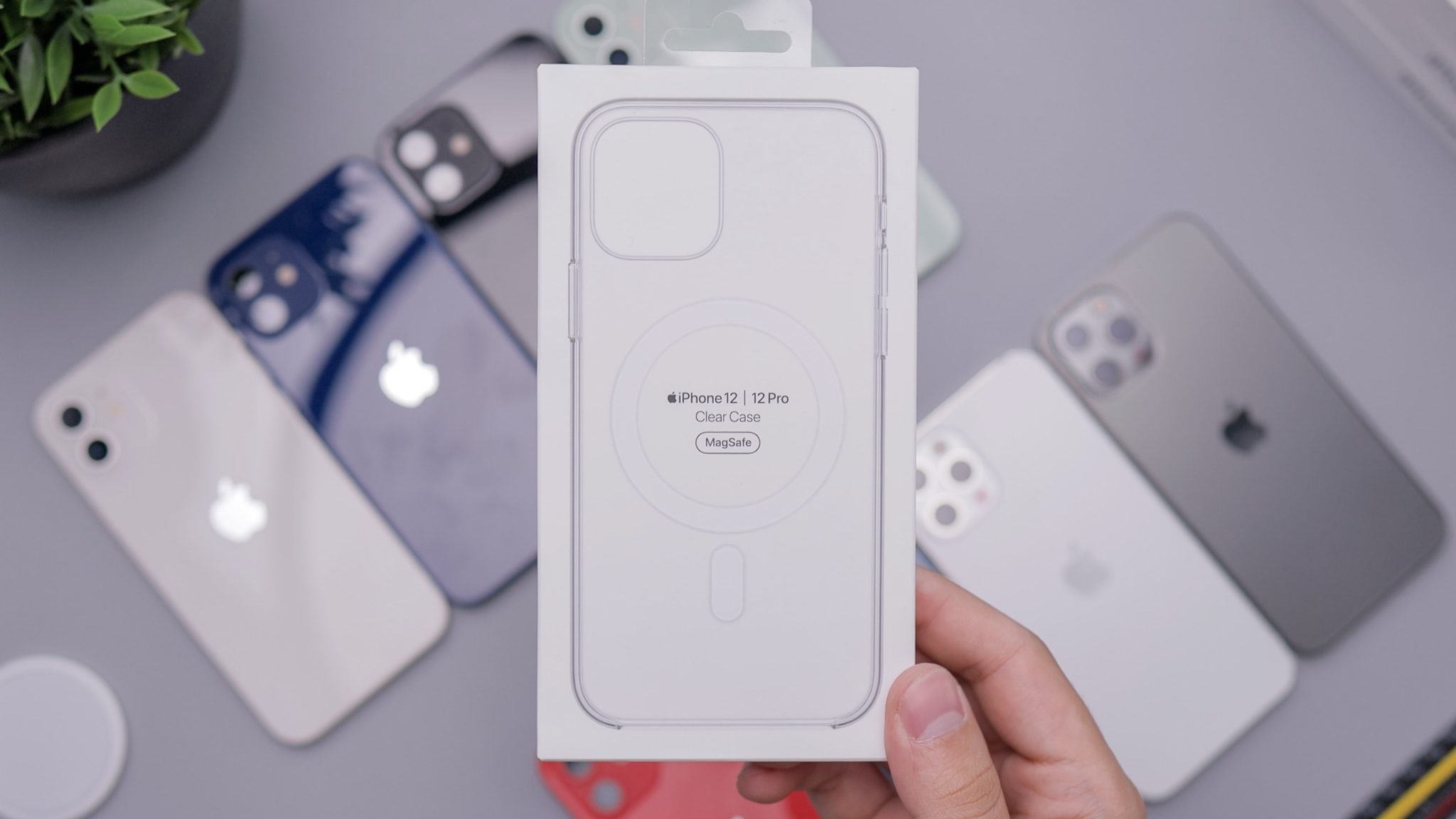
Takeaway
If you are looking for a decent smartphone, you can choose the iPhone 12, which is now a much more affordable model than the iPhone 13, 14, or 15. It’s undoubtedly faster and lighter than the iPhone 8, with a bigger display, better camera, and 5G connectivity.
The iPhone 8 Plus was a very forward-thinking phone for its time, but it’s not currently compatible with iOS 17. However, if this is not important for you, you can still buy it refurbished at a much lower price point than the iPhone 12. For everyday tasks, the 8 Plus could be more than enough.
Don’t hesitate to visit RefurbMe to browse the best deals on refurbished Apple products. We compare hundreds of devices from reputable sellers with solid track records in perfect working condition with a warranty and hassle-free return policies.
If you want to enhance your experience with your handset, check out some of the best accessories for the iPhone we have reviewed in our blog.
Also, don’t forget to check our comparison of the iPhone X vs. the iPhone 12 and the iPhone 8 vs. the iPhone 12 mini for more ideas.
Good luck!

